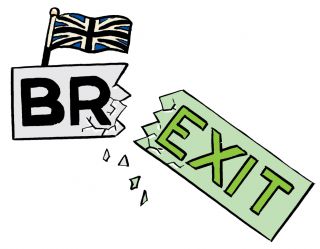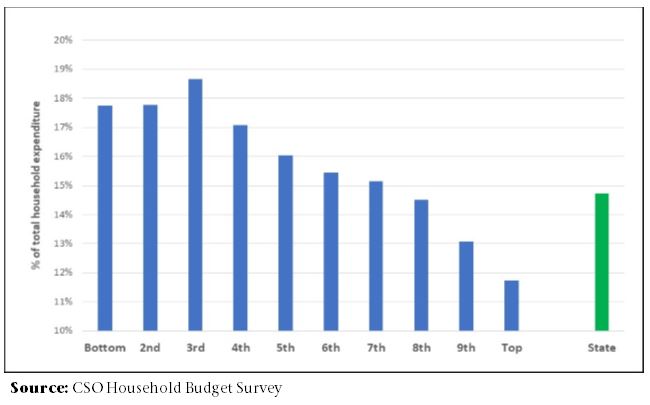The dangers of Brexit have not gone away

It's not so long ago that Brexit and its potential effect on Irish society was the story that couldn't be shifted from the top of the news agenda, and was the focus of so much of the Irish government's energy. We should remember that even in these times of pandemic, with Covid-19 dominating the headlines, that the economic and social threats resulting from the UK leaving the European Union haven't gone away.
The central theme of Budget 2020, a little over ten months ago, was the possibility of a hard-Brexit and the implications for Ireland. While Social Justice Ireland welcomed the allocation of resources in that Budget to a fund to assist those most impacted by a hard-Brexit, we regretted the lack of focus on the potential impact on the living costs and living standards of low income households. This was especially the case as Budget 2020 contained no increase to core social welfare rates, making it almost inevitable that the most vulnerable in society would fall further behind those at the top.
In March 2018 an ESRI report highlighted the dependence of the Irish consumers on imports from other states. In particular, it noted the concentration of UK imports on household expenditure in areas such as food. In a situation where World Trade Organisation tariffs would apply to imports from the UK, it found that consumer prices would rise by between 2 per cent and 3.1 per cent and this would raise the cost of living for average Irish households by between €892 and €1,360 a year.
However, the report also noted that these increases would be “very unevenly distributed across households” with lower income households, who spend a higher proportion of their income, being most exposed. Among the products identified as most prone to price increases, food expenditure was highlighted as the expenditure category most exposed. It would experience some of the heaviest Brexit-generated tariffs and the current structure of the Irish food market (supermarkets and food outlets) is one that is very exposed to imports from the UK.

The chart above uses data from the CSO’s Household Budget Survey to illustrate the exposure of households across the income distribution to changes in food prices. It shows the proportion of total household expenditure on food. On average, Irish households spend 14.7 per cent of their total expenditure on food. However, food represents a much larger proportion of all spending among the households in the bottom 40 per cent of the income distribution, standing at between 17 per cent and 19 per cent of total expenditure.
A sudden increase in consumer food prices, which would be unavoidable if the UK and the European Union fail to reach an agreement in the next few months, will hit these households hardest. They are also the households with the lowest capacity to absorb such impacts on their living costs. Even in the context of a negotiated departure, the absence of a customs agreement may push consumer food prices higher and have a less severe but similarly distributed effect.
The Government needs to widen its consideration of those who would be impacted by a hard-Brexit. Should it happen, low income households will need supports to absorb the living cost increases they will inevitably face. Provision for this should be made in Budget 2021.